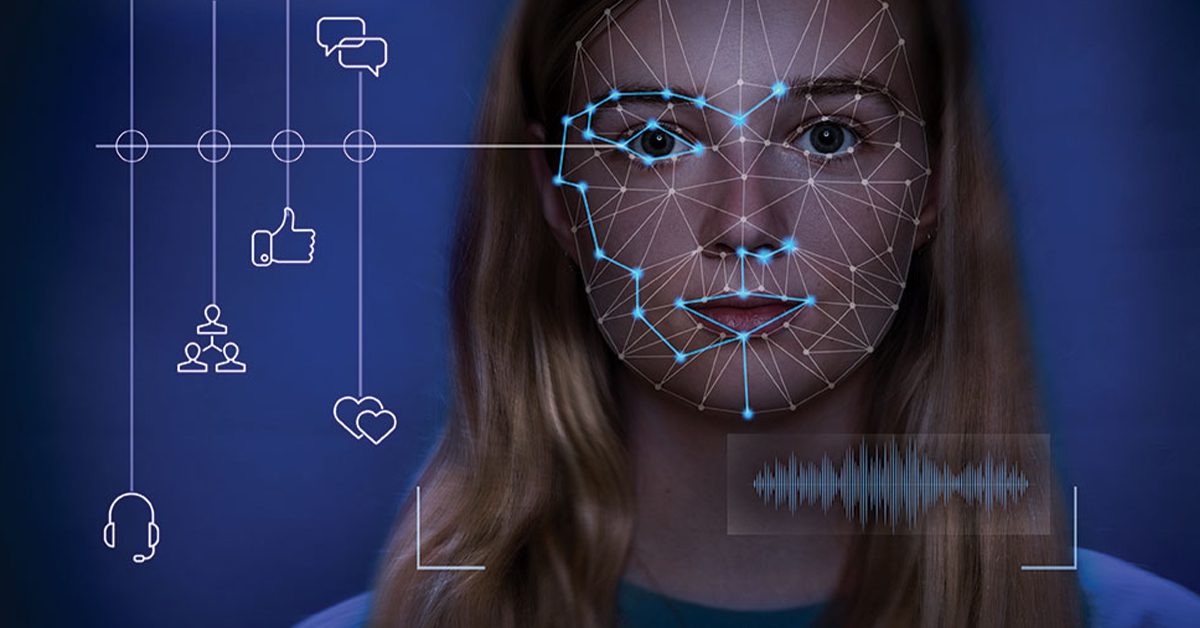
Understanding Deepfakes: Technology, Risks, and the Path Forward
What Are Deepfakes?
Deepfakes are media files—typically video or audio—that use artificial intelligence (AI) to create hyper-realistic but fake content. The term "deepfake" is a combination of "deep learning," a subset of AI that involves neural networks mimicking human learning, and "fake," indicating the deceptive nature of the content.
How They Work:
Data Collection: To create a deepfake, a substantial amount of data is needed. For videos, this means thousands of images or hours of footage of the person to be replicated. For audio, it involves extensive recordings of their voice.
Training the AI: This data is fed into a neural network, which learns to replicate the person's features, expressions, or voice patterns. The AI model adjusts its parameters to produce increasingly realistic results.
Generating the Deepfake: Once trained, the AI can generate new content where the replicated individual appears to say or do things they never actually did. The result can be impressively convincing and challenging to distinguish from reality.
Applications of Deepfake Technology
Deepfake technology, while controversial, has several legitimate and potentially beneficial applications:
Entertainment: In film and television, deepfakes can be used to resurrect actors for roles, de-age characters, or create special effects that were previously cost-prohibitive.
Education and Training: Historical figures can be brought to life for educational purposes, enhancing engagement and learning. In training simulations, deepfakes can create realistic scenarios for practice.
Accessibility: Deepfake technology can aid in creating personalized content, such as translating speeches into different languages while preserving the speaker's voice and mannerisms.
The Risks and Ethical Concerns
Despite these potential benefits, deepfakes pose significant risks and ethical concerns:
Misinformation and Fake News: Deepfakes can be used to spread false information by creating misleading videos of public figures or events. This can influence public opinion, incite panic, or sway elections.
Personal Privacy Violations: There have been instances where deepfake technology was used to create non-consensual explicit content, leading to severe privacy invasions and emotional distress for victims.
Trust Erosion: The proliferation of deepfakes can erode trust in digital media, making it increasingly difficult for people to discern what is real from what is fabricated.
Legal and Ethical Challenges: The legal system struggles to keep pace with the rapid development of deepfake technology. Issues of consent, defamation, and intellectual property rights are increasingly coming to the forefront.
Addressing the Deepfake Challenge
Combatting the negative effects of deepfakes requires a multi-faceted approach:
Detection Technologies: Researchers are developing advanced algorithms to detect deepfakes by analyzing inconsistencies in video or audio files, such as unnatural facial movements or audio artifacts.
Legislation and Policy: Governments and regulatory bodies are working on creating laws and guidelines to address the misuse of deepfake technology. This includes measures to penalize malicious use and protect individuals' rights.
Public Awareness: Educating the public about the existence and implications of deepfakes is crucial. By fostering media literacy, people can become more discerning consumers of digital content and better equipped to question and verify what they see and hear.
Ethical AI Development: Developers and tech companies are encouraged to adopt ethical guidelines and transparency in the creation and use of AI technologies, including deepfakes.
Deepfake technology represents a double-edged sword in the digital age. While it offers exciting possibilities for creativity and innovation, it also poses significant challenges that must be addressed proactively. By understanding the technology, recognizing its potential risks, and working towards effective solutions, we can harness its benefits while mitigating its threats.
As deepfakes continue to evolve, staying informed and vigilant will be key in navigating the complexities of this powerful technology. Whether you're a tech enthusiast, a media consumer, or a policymaker, engaging with the issues surrounding deepfakes will be crucial for ensuring a balanced and ethical digital future.